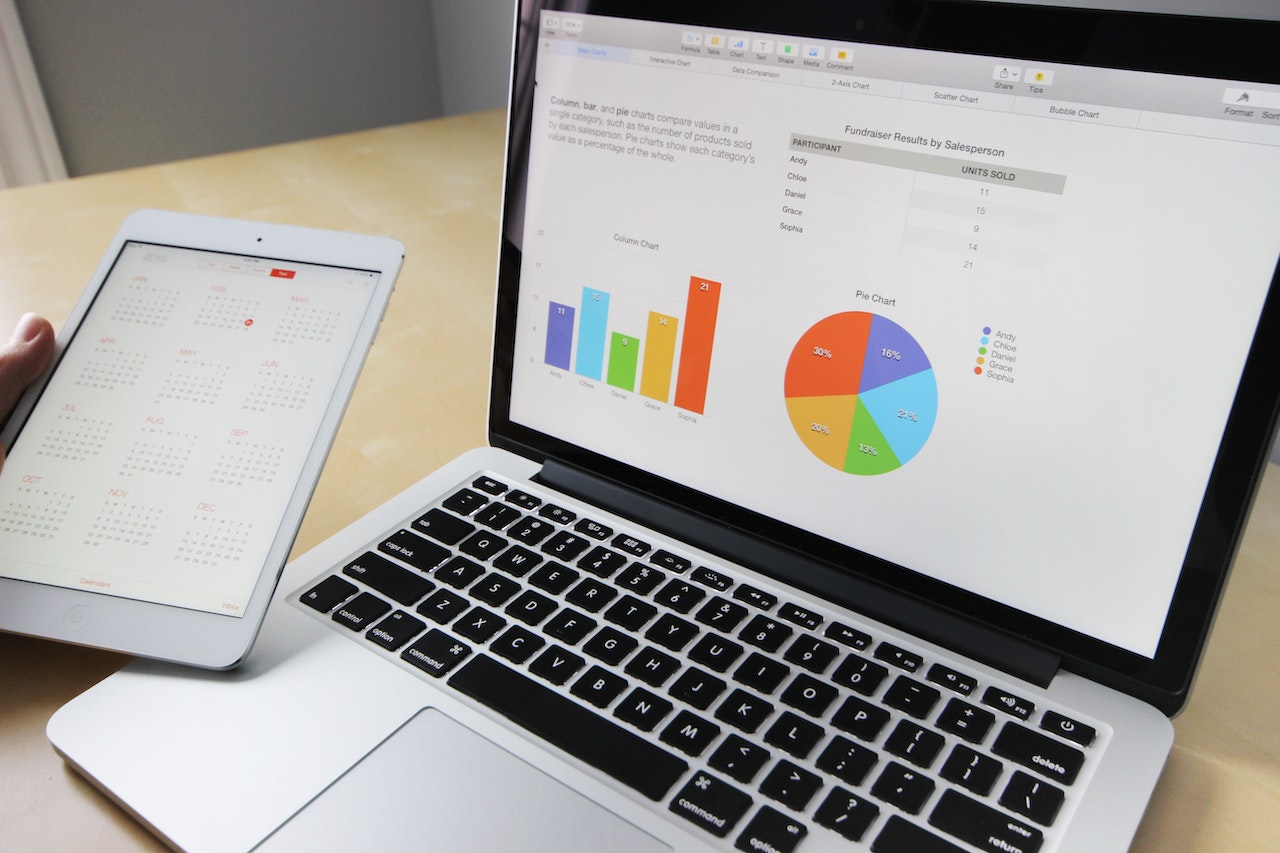
what is fraud detection and how to detect it with fraud detection tools
Fraud detection refers to the process of identifying fraudulent activities and minimizing the risk of financial loss or damage to an organization. Fraud detection tools use machine learning, artificial intelligence, and other advanced technologies to analyze large amounts of data and detect unusual patterns of behavior or transactions that may indicate fraud.
Some common methods used in fraud detection tools include:
- Rule-based systems: which trigger alerts based on pre-defined rules and thresholds.
- Anomaly detection: which identifies unusual patterns or deviations in data that may indicate fraud.
- Behavioral analysis: which uses historical data to build a profile of normal behavior and detect any anomalies.
- Link analysis: which identifies relationships and patterns between people, places, and transactions to uncover fraudulent networks.
- Data visualization: which helps analysts quickly identify trends and anomalies in large data sets.
By combining multiple methods and techniques, fraud detection tools can provide a comprehensive solution for detecting fraud, reducing the risk of financial losses, and improving the overall security of an organization.
10 top fraud detection Tools
- RSA Fraud & Risk Intelligence
- IBM Fraud & Financial Crimes Management
- Experian Fraud Detection
- FICO Fraud Detection
- ACI Worldwide Fraud Detection
- LexisNexis Risk Solutions
- SAS Fraud Management
- ThreatMetrix
- Forter
- Feedzai.











































































































































